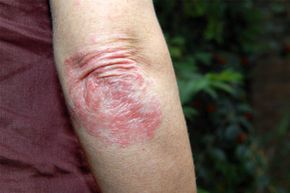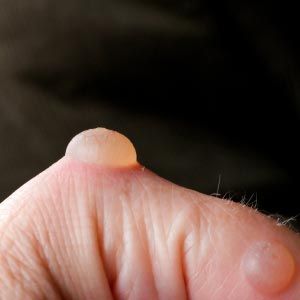One day, you start to feel an uncomfortable itch. After asking a family member to take a look at a rough spot on your back that's been making you scratch, they distressingly suggest that you might have ringworm.
But don't worry yet -- it's not be time to panic if you do have ringworm. That's easily treated. Rough, circular rashes can be the sign of a number of conditions, including eczema, psoriasis and ringworm. Doctors can tell the difference best, so you need to seek out a professional opinion before jumping to any conclusions. In this particular case, your doctor makes an unexpected diagnosis and tells you that you have pityriasis rosea.
Advertisement
This is good news -- unlike ringworm, and condition isn't contagious, since pityriasis rosea isn't a fungus. There's no need worry about passing along that scaly itch to loved ones. But there's still much more to learn about this condition, including what it is and, perhaps most importantly, how to tame that irritating itch.
Pityriasis rosea is a skin rash that starts off as a single, circular patch of dry, flaky skin. The first spot is termed the "herald" or "mother" patch, and it usually will show up on the back, chest, upper arms or thighs [source: American Academy of Dermatology]. Over the next week or two, more pink spots will emerge. These spots are usually limited to the torso, neck, arms and legs. On the back, red patches might radiate in a sweeping, downward fashion, resembling the shape of a Christmas tree. These areas of skin may or may not itch, but heat and exercise can make the rash become more pronounced.
Before you give up your daily workout or slather on over-the-counter creams and lotions to find relief, read on to find out about the causes and treatments for pityriasis rosea.
Advertisement

